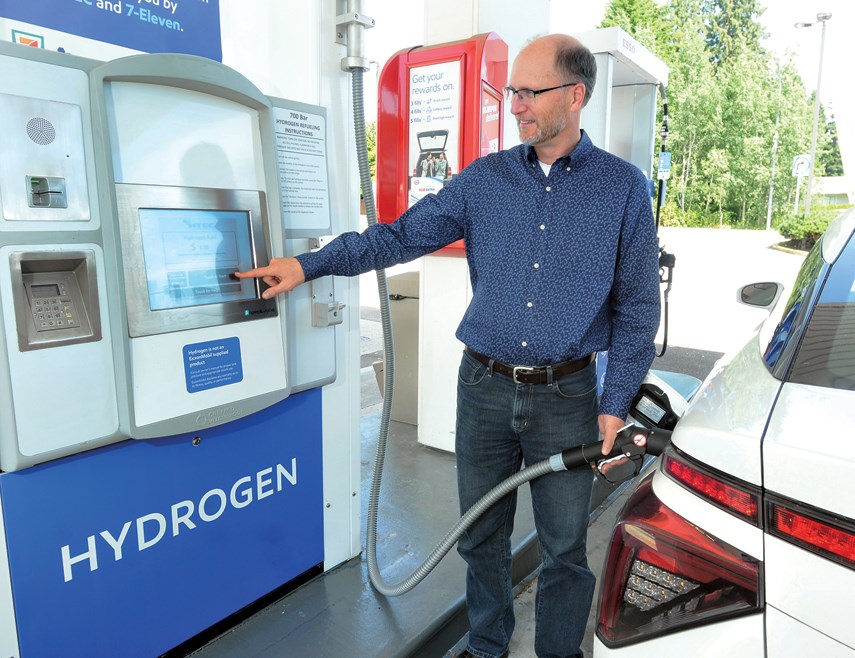crs1026
Superstar
^Our railways do many things that are penny wise and pound foolish, but sometimes the dollars just don’t lie. One has to look at all the costs and investments and ask if the return is there. Limping along with a threadbare operation seems to work quite well... at least, until it doesn’t. The cost of replacing even a few low bridges will buy a lot of diesel fuel, and the carbon loading of all that electrical infrastructure versus the diesel fuel burned, may be much closer on the spreadsheet than we admit.
Much is made of height as the limiting factor for North American electrification, and while that has a convenient argument (which India has clearly debunked!) I’m not sure that’s actually the true impediment.
To my mind, the risk is not in height but in the volume of hazardous material carried and the risk of adding a high voltage spark into that equation. What is the probability of mishaps over say 20 years? And if there is one mishap, what’s the gross end impact in terms of number of settlements paid, average amount per settlement, change in insurer behaviour etc? How much of that is borne by the railway and its shareholders, versus by the state? It would be interesting to know what the risk profiles for the Indian railways are and how the risk aversion of their regulatory and legal environments compare. I suspect the freight railways have thought this through in detail.
I’m not arguing against GO electrification, which should have happened years ago on GO’s own lines....but to ask why electrification is not favoured by our freight railroads, one has to look at all the legal, legislative, liability, and financial changes that would be needed to change their appetite.
- Paul
Much is made of height as the limiting factor for North American electrification, and while that has a convenient argument (which India has clearly debunked!) I’m not sure that’s actually the true impediment.
To my mind, the risk is not in height but in the volume of hazardous material carried and the risk of adding a high voltage spark into that equation. What is the probability of mishaps over say 20 years? And if there is one mishap, what’s the gross end impact in terms of number of settlements paid, average amount per settlement, change in insurer behaviour etc? How much of that is borne by the railway and its shareholders, versus by the state? It would be interesting to know what the risk profiles for the Indian railways are and how the risk aversion of their regulatory and legal environments compare. I suspect the freight railways have thought this through in detail.
I’m not arguing against GO electrification, which should have happened years ago on GO’s own lines....but to ask why electrification is not favoured by our freight railroads, one has to look at all the legal, legislative, liability, and financial changes that would be needed to change their appetite.
- Paul
Last edited:






